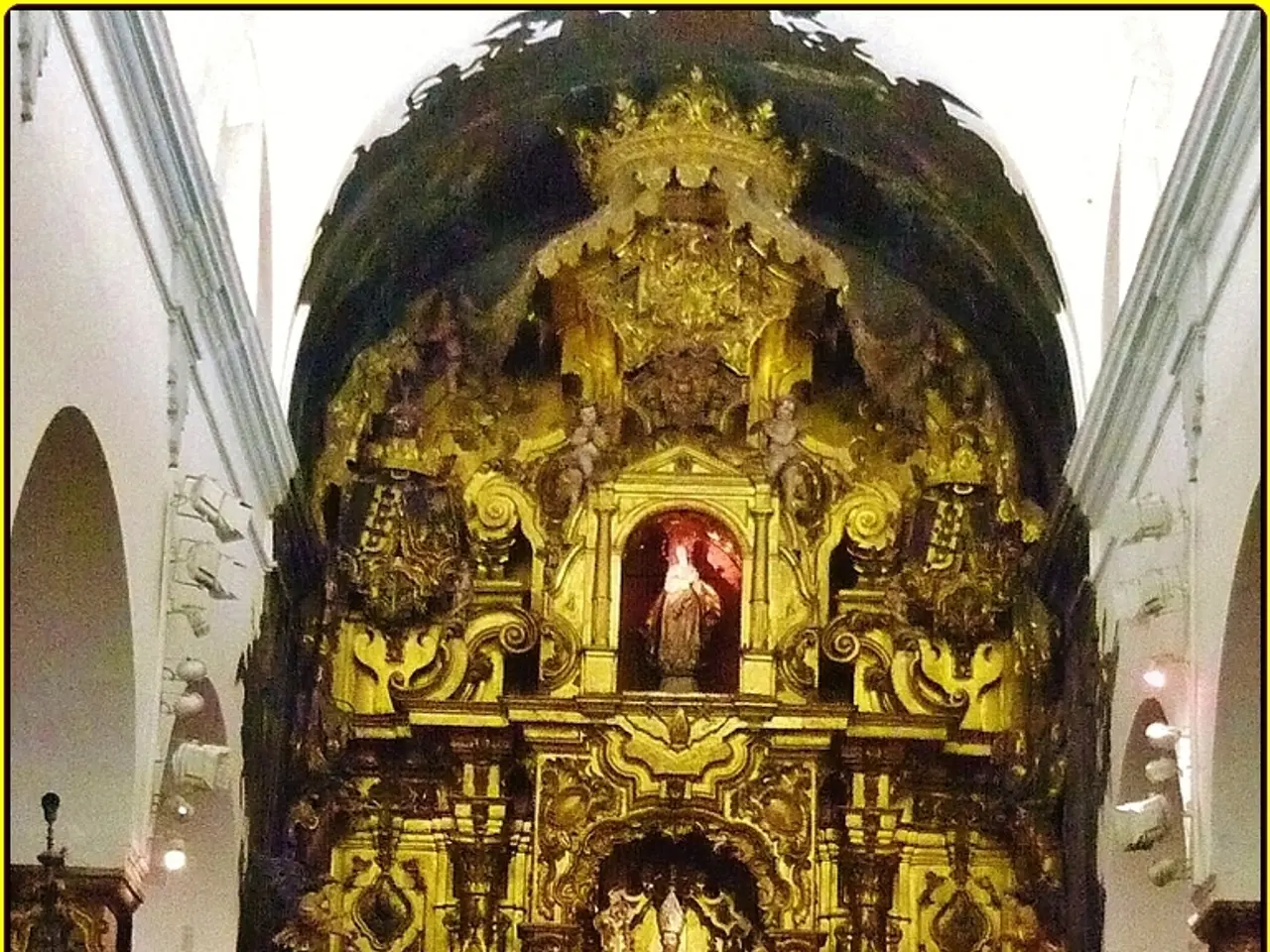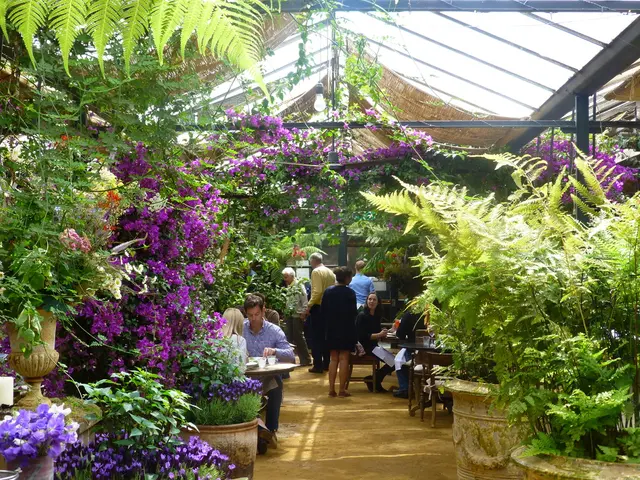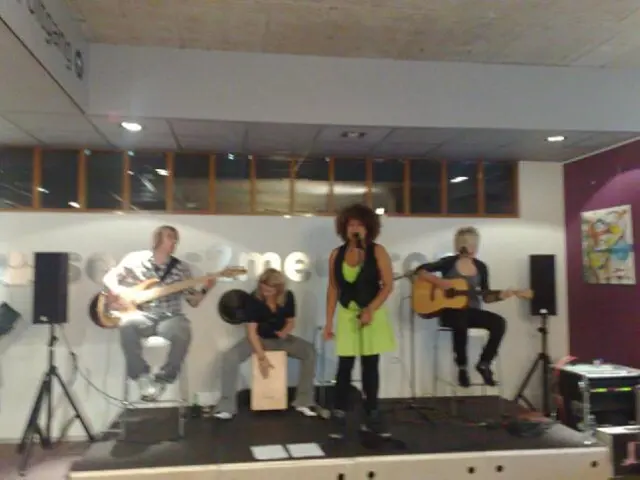Medieval Abyss: Construction Workers Unearth Ancient Sword Immersed in Dutch River After a Millennium of Submergence
In the heart of the Netherlands, the Korte Linschoten River recently yielded an extraordinary find - a medieval sword that offers a captivating glimpse into the rich history of the region. This well-preserved artifact, dating back over a thousand years, has left historians and archaeologists in awe with its intricate design and the unique blend of Christian and Viking symbols.
## Historical Significance
The sword, estimated to be between 1050 and 1150 years old, carries significant symbolism and cultural significance. One side of the sword boasts a sun wheel or sonnenrad symbol, a Christian motif often used during the Middle Ages, particularly in church consecrations. In stark contrast, the other side features the endless knot emblem, a design associated with Viking and Norse cultures, symbolising eternal strength and loyalty. This intriguing combination suggests a period of cultural exchange and integration.
The sword was discovered during a time when the Bishop of Utrecht held power, while the Counts of Holland and Flanders were rising in influence. This era was marked by significant religious and political shifts in Europe, making the sword's discovery even more intriguing.
The sword's exceptional preservation is due to the oxygen-starved clay in which it was buried, effectively protecting it from corrosion. Its discovery during dredging operations and subsequent donation to the Rijksmuseum van Oudheden underscores the ongoing interest in historical artifacts and the importance of archaeological sites in understanding past cultures.
## Inferences About the Era and Region
The presence of both Christian and Viking symbols on the sword indicates a diverse cultural landscape in the region during the 11th and 12th centuries. This diversity suggests interaction and exchange between different European cultures.
The sword's origins coincide with a period of political transition in the Netherlands, with ecclesiastical and secular powers vying for control. This context highlights the complex political dynamics of the time.
The sword's craftsmanship, including its intricate designs and preservation of wood and leather on the handle, reflects the technological and artistic advancements of the period. It demonstrates the skill of medieval craftsmen and the attention given to symbolic details.
## A Glimpse into the Past
The sword, without a scabbard, leads experts to believe it was buried or cast into the river as a tradition. Its design reflects the military evolution of the era, favouring one-handed swords due to the emergence of new forms of armor and combat tactics shifting towards close-quarter thrusts.
Traces of wood and leather still remain on the hilt, a faint echo of its original grip. The sword was meticulously cleaned and stabilised, submerged in a desalination bath for ten weeks, rinsed, dried, and treated with tannins to preserve it.
Today, the sword stands proudly displayed in a glass case in Leiden, in the National Museum of Antiquities' acquisitions showcase, where it will remain through September. The medieval sword continues to captivate visitors with its historical importance and artistic beauty, serving as a testament to the rich and complex history of Europe in the early Middle Ages.
[1] https://en.wikipedia.org/wiki/Sun_wheel [2] https://en.wikipedia.org/wiki/Endless_knot [3] https://www.rijksmuseum.nl/en/news/2021/museum-acquires-a-medieval-sword-with-viking-symbols [4] https://www.bbc.com/news/world-europe-59121845
- The intriguing combination of Christian and Viking symbols on the medieval sword suggests an era of innovation, marked by cultural evolution and exchange in the region.
- The exceptional preservation of the medieval sword, despite being buried in the earth, is a testament to the advancements in technology and science at the time.
- The discovery of this well-preserved medieval sword, adorned with symbols of both Christianity and Norse cultures, sheds light on the diverse lifestyles that coexisted during the Middle Ages.
- The sword's design, reflecting the trends in home-and-garden ornamentation of the period with its leather-wrapped handle, embodies the artistic sensibilities of the time.




